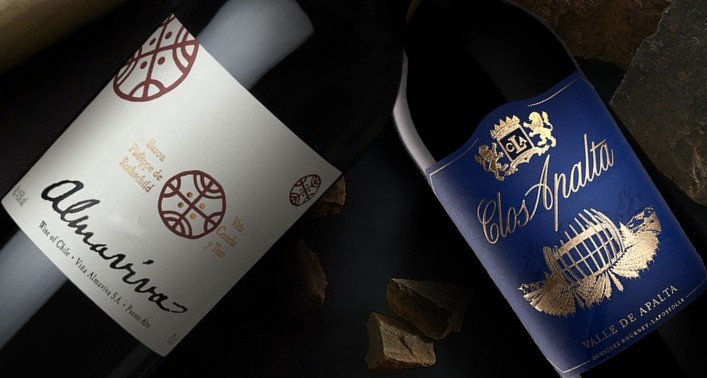
The popularity of Rosé has been booming for the past several years, revving up in each summer, especially in Europe and America. Having a glass of chilled rosé under hot weather is not just a trend, but a MUST HAVE for wine lovers in summer. You can simply see it everywhere because of its versatility for food pairings. Sipping this ultra-hot item is in no doubt a part of joy for a fruity vibrant summer. Now, allow us to introduce you to 4 types of different rosé, all with their very distinct characters which suits in lots of occasions.
Champagne Rosé
The setting for popping a Champagne is usually during an important occasion or celebration, but when it comes to Rosé champagne, it’s all about romance. To enjoy a romantic candlelight dinner, opening a bottle of Rosé Champagne truly marks a perfect date night. Made by mixing red and white wines, this Rosé has a Chardonnay-like acidity while possess a Pinot Noir-like fruitiness, richer in body than most whites, it goes well with meat dishes makes it a top choice for the occasion. With delicate bubbles formed by secondary fermentation within the bottle, the bubbly will certainly bubble up intimacy between lovey-dovey.
Best serving temperature:
8-10 degrees
Fermentation method:
Blending a small amount of red wine to white then perform secondary fermentation in the bottle. Mixing red and white wine is prohibited in Europe, only Champagne region is legal for purpose of rosé champagne production.
Suggested food pairings:
Entrée, risotto, smoked duck breasts, grilled lamb chops.
Sparkling Rosé
Work-life balance for an urbanite would probably be spending a relaxing weekend with loved ones after a long week. For wine lovers like you, what’s better than sipping on a sparkling rosé while enjoying a sumptuous Sunday Brunch. Sparkling Rosé tend to offer a bigger red fruit and complexity palate than other sparkling wines. In hot summer, a cold, refreshing sparkling wine with endless bubbles can surely
tickle your taste buds, freshen up that dreamy face to embrace a comfy weekend.

Best serving temperature:
8-10 degrees
Fermentation method:
Rosé sparkling generally uses the short maceration method to create base wine. Grape juice and peel will be extracted after a short period of time, just for more flavor and color before performing secondary fermentation.
Suggested food pairings:
Strawberry, sushi, seafood, goat cheese.
Provence Rosé

Whenever Rosé is brought up in a topic, Provence is the word that follows by. Accounting for 40% of Rosé production in France, some said you must taste this heavy hitter before thinking you have truly tried a Rosé. However, in contrast, production here is often descripted as light, refreshing and elegant, the pinkish rosé color with mouthwatering fruitiness is such a darling by look, smell and taste that provides ultimate enjoyment to its drinkers.
Best serving temperature:
10-12 degrees
Fermentation method:
Produced by direct pressing method to give the Rosé the lightest and elegant color. Just like the making of white wine, where grape juice and peel are not impregnated but directly crushed and pressed, to control coloring and avoid extracting too much tannin at the same time ferment at a low temperature, which can also avoid oxidation caused by contact with air, keeping the juice at its freshest and most fragrant state.
Suggested food pairings:
Tropical fruit salad, french toast, salmon poké bowl, goat cheese.
Sancerre Rosé

Rose Murray Brown MW once mentioned that her favorite Rosé comes from Sancerre. Where production in here requires 100% Pinot Noir, only meticulous approach from picking to fermenting can guarantee the best wine to be produced. Because of the cool climate, winemakers must be precise on the harvest time to ensure that grapes are ripe enough to provide sufficient sugar level and fruity aroma. Monitoring fermentation temperature at a certain degree also helps to increase the fruitiness within. Compared with Provence Rosé, Sancerre Rosés’ higher acidity level delivers drinker a much more refreshing palate.
Best serving temperature:
10-12 degrees
Fermentation method:
Short Maceration is a commonly practice in production. Grape juice and peel have undergone a short period of maceration to extract more flavors and colors. The length of macerating might varies based on the degree of color and tannin a winemaker wishes to extract from the peel.
Suggest food pairings:
Salad, smoked salmon, shrimp, light and plain Asian food.


 Same Day Pick-up
Same Day Pick-up



















